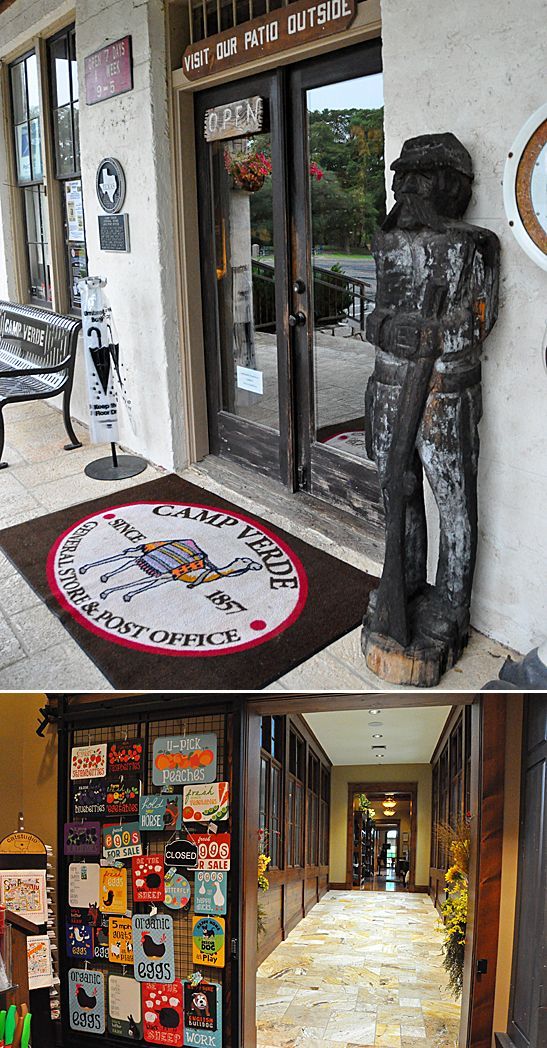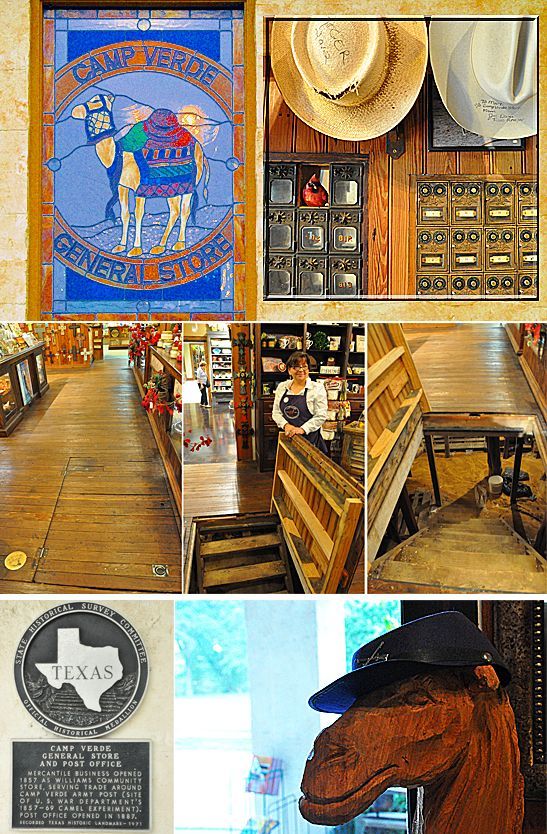Article
A Texas Hill Country Surprise: Soldiers and Indians and… Camels!
Author(s):
It is surprising to find the towns of West Texas all are so different given that most of the immigrants came about the same time and from somewhat similar European places. That's not the biggest surprise, however.
The Texas Hill Country is a well-established place for visitors to Texas.
But it has surprises.
One small surprise is how different all the little towns are in this area of about 14,000 square miles (although some Texas sources—who are, after all, Texans and would be expected to make big claims—say the right size is larger actually 31,000 square miles). It is surprising to find the towns all are so different given that most of the immigrants came about the same time and from somewhat similar European places.
Surprising, too, is that though every guide book describes “rolling hills,” those driving the conventional highways may not notice much elevation as they go along. We started at Austin with an elevation of 621 feet and believe Fredericksburg at 1,685 feet was as high as we got.
Nor do we agree with travel writer and humorist Paul Knight who implies surprise when he said, “The Hill Country is where Texas gets weird.” He describes Fredericksburg, for example, as “a tourist trap of potpourri dealers and bad sauerkraut menus.” We would disagree.
No. To us the big surprise was finding a former army camp from 1854, halfway between Kerrville and Bandera that shows, in a way, US Cavalry once were mounted on camels. Tourists might hold that fact in case they are ever on Jeopardy!

You can see from the Google Map that Camp Verde is about 62 miles northwest of San Antonio. It’s a quick run if you drive Interstate 10 although taking an interstate through the Texas Hill Country is almost a travesty. Fort Verde, one mile to the west of the Camp Verde General Store, is deactivated now but the area’s odd history cannot be forgotten.
It is, indeed, a strange story: “In 1854 Secretary of War Jefferson Davis petitioned Congress to appropriate $30,000 for the army to experiment with camels as supply transport.” Thirty-three camels arrived with four Middle East drivers from Egypt in1856 and a second load of 40 camels about 6 months later. Then came the Civil War. The fort was captured by the Confederacy in 1861 and recaptured with 66-100 camels (accounts vary) by Union forces in 1865. Despite all this confusion the experiment was deemed a success (it must have cost less than today’s maligned F-35 airplane that is still struggling to reach meaningful existence).The fort was deactivated in 1869. The store was swept away in a flood and restored around 1900. It was rebuilt because it had become a welcome resource for the daily needs of the pioneer ranchers and farmers in the area and surely part of the community’s history.

The restored 2-story stone Southern colonial structure stands tall and, inside, a dromedary with its single hump rests above a sign suggesting it is a camel which it surely would be if it had 2 humps. Our inset world map shows the range of those animals and Texas is not represented!
Union troops auctioned off the camels to Bethel Coopwood, a Spanish scholar and colonel in the Confederate Army who was a local lawyer with wealthy Mexican clients. He sold several camels to circus owners in Mexico and 5 to the Ringling Brothers Circus. The remainder of the camels are said to have “perished” in Arizona. Coopwood had an interesting Civil War history. In one battle, his soldiers were arrayed against troops that included Kit Carson’s forces and, in another, he fought even as he developed smallpox.

The exterior has a military air but inside is like an upscale grocery with its own restaurant at the end of a corridor.

The general store shows its history inside and out. The staff is happy to answer if you ask questions. If you don’t immediately see an item on its shelves and tables, ask. They probably have it somewhere!

The General Store has the necessities of life in some sections but life’s niceties in other places. The antiques may not be for sale.

It was the post office from a long time back. It still is. Top right: Signed cowboy hats hang above pre- and post-Civil War mail boxes. Middle images: The staff always knew the original floor had a trap door and steps leading down to the basement but it was only during recent expansion of the car park that they realized the cellar led to an escape tunnel that would allow those inside to emerge some distance from the store during any Indian attack. Of course if the storekeeper could grab a camel—and they can take off at 40 miles per hour—he would escape more easily but getting one of those beasts down those stairs might not be easy.
Animals have contributed to some successful anecdotes in military history. Both Alexander the Great and Hannibal used elephants as did many Asian generals especially the Thais. The Romans and Attila the Hun used attack dogs and the Vikings developed the Great Dane as attack dogs that would be off the ship and at war even before the Vikings had reached dry land. The Mother Nature Network has some stories suggesting an animal may be a soldier’s best friend.
Photography by the authors
The Andersons, who live in San Diego, are the resident travel & cruise columnists for Physician's Money Digest. Nancy is a former nursing educator, Eric a retired MD. The one-time president of the New Hampshire Academy of Family Physicians, Eric is the only physician in the Society of American Travel Writers. He has also written 5 books, the last called The Man Who Cried Orange: Stories from a Doctor's Life.




